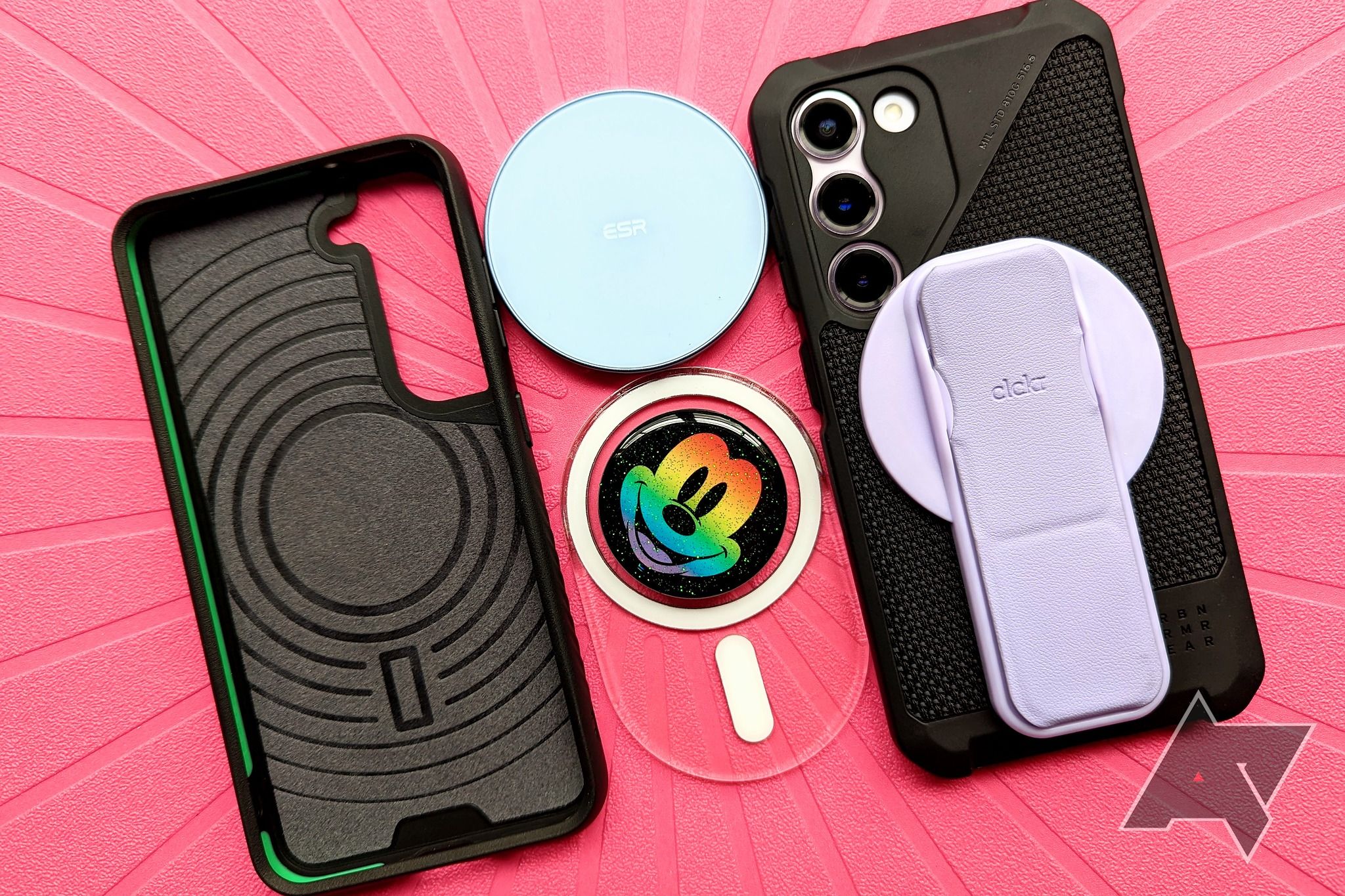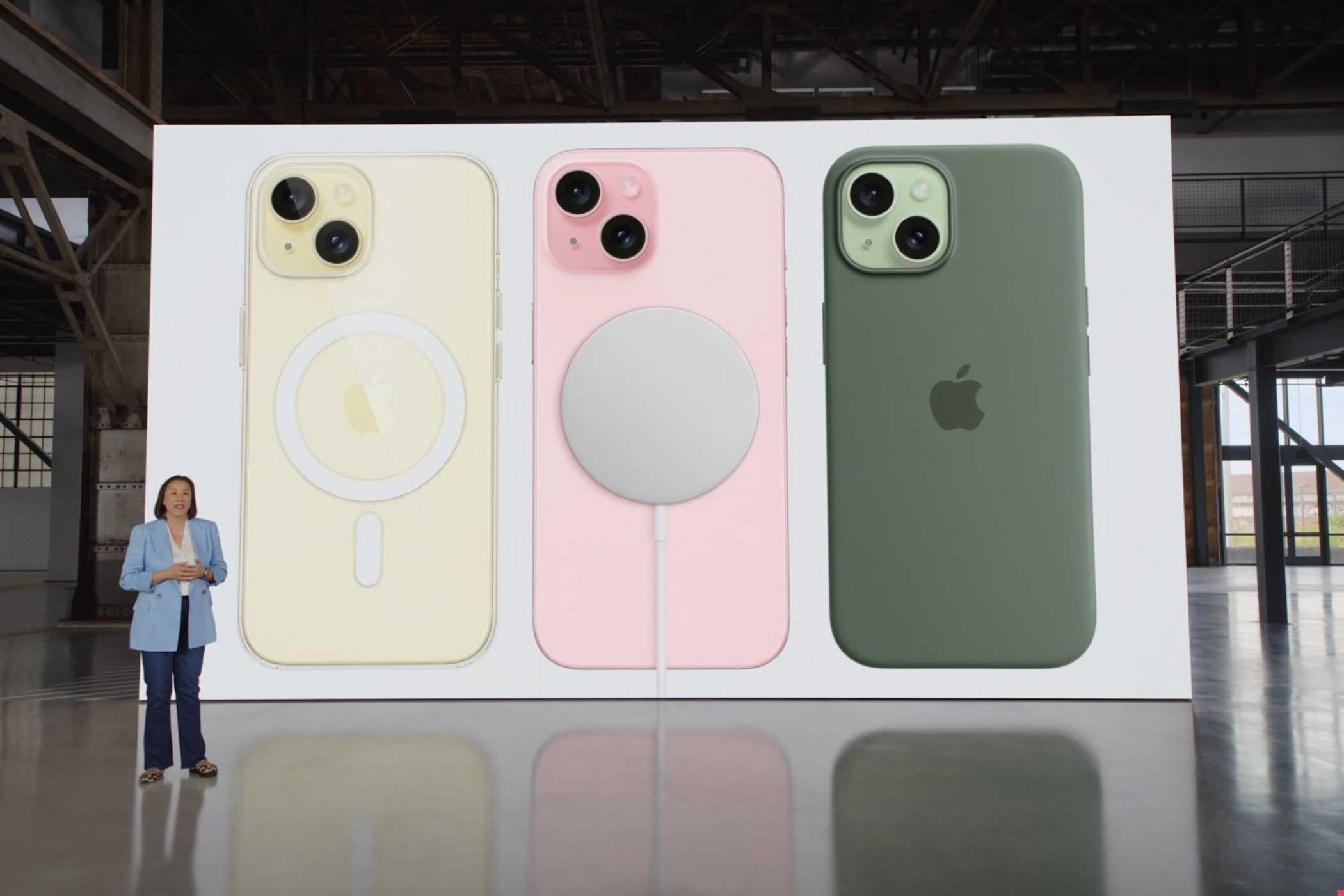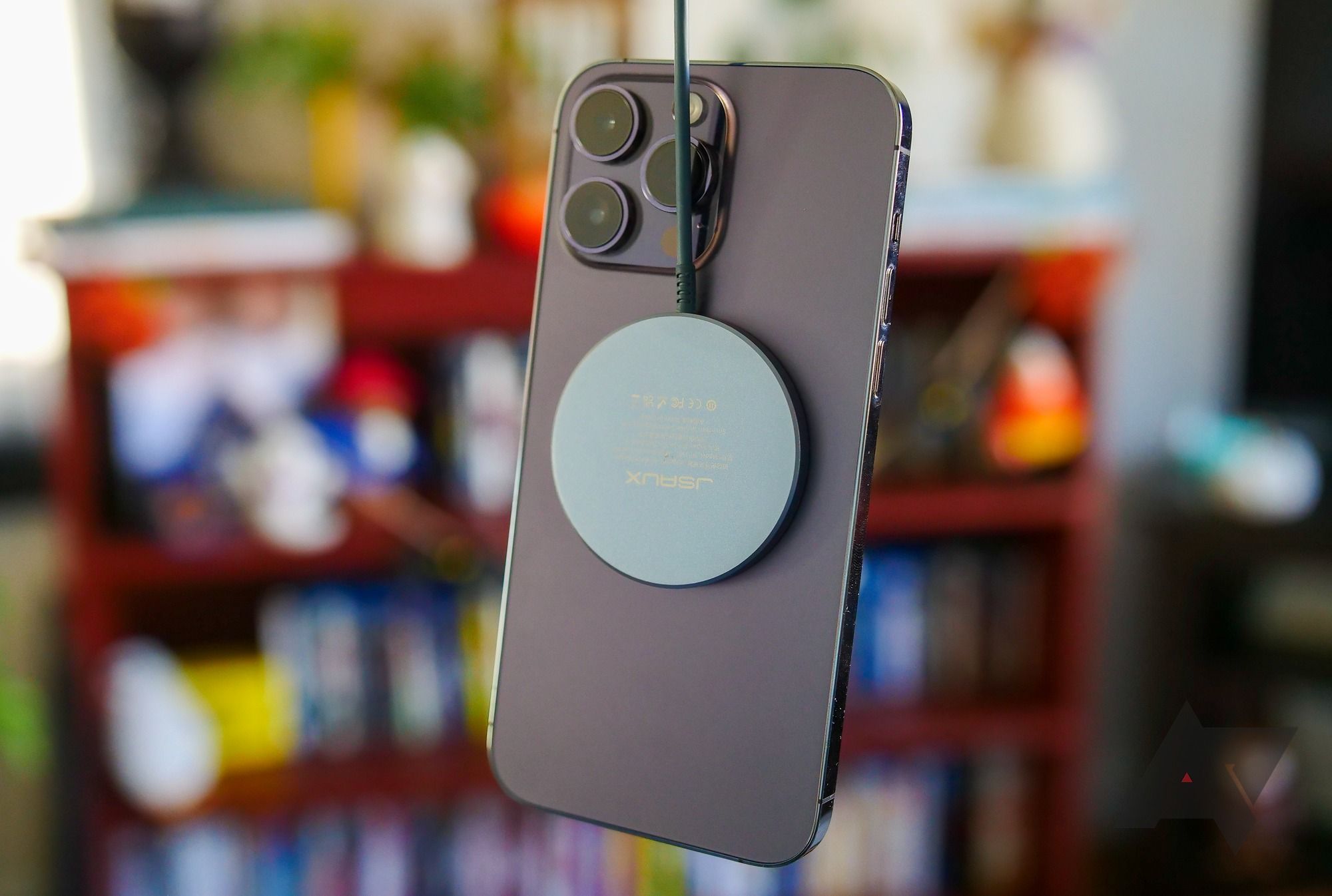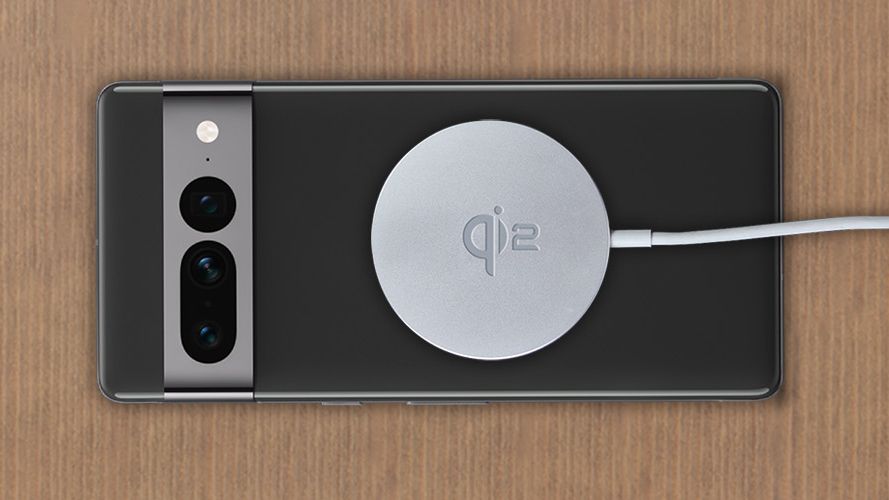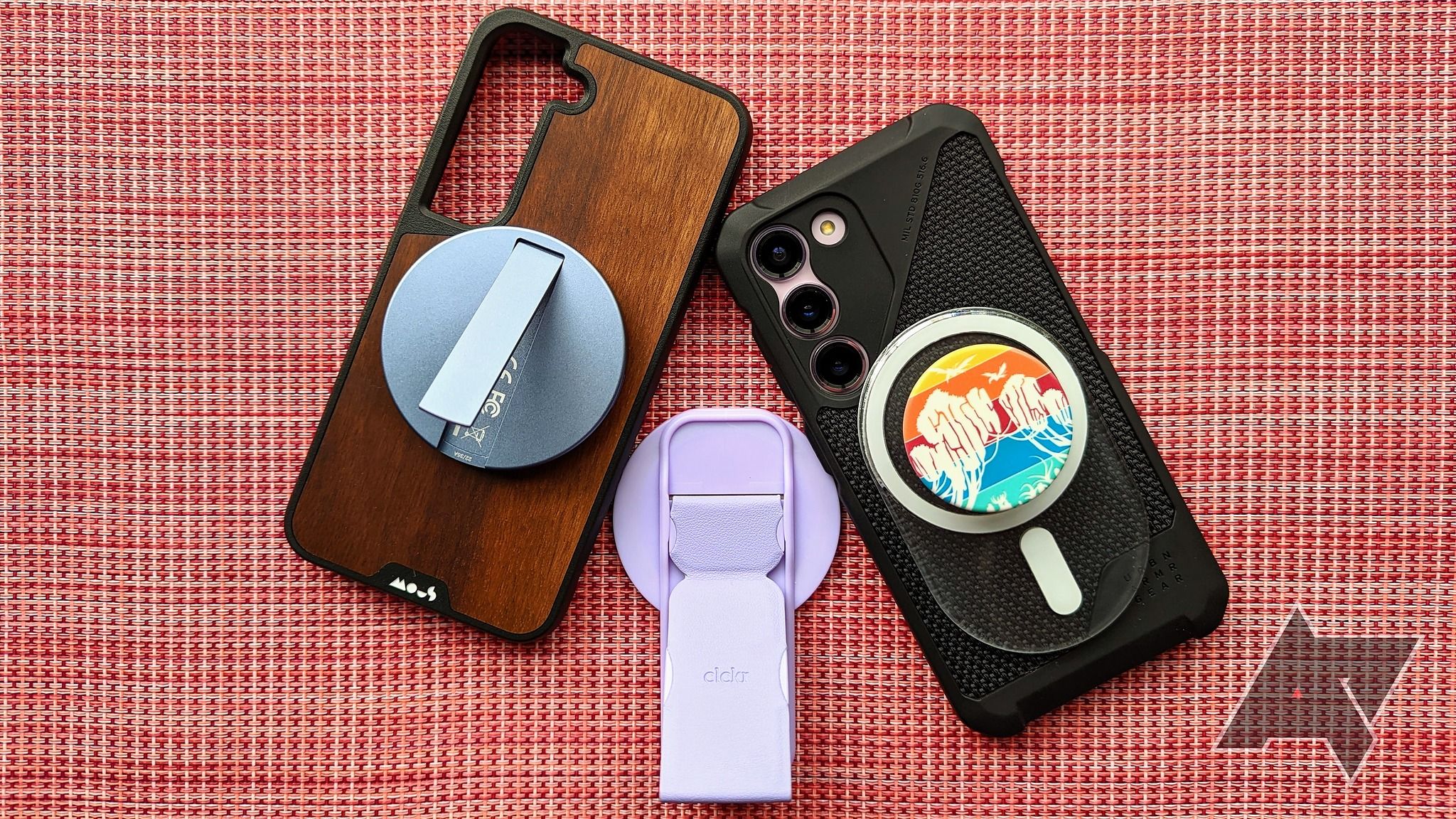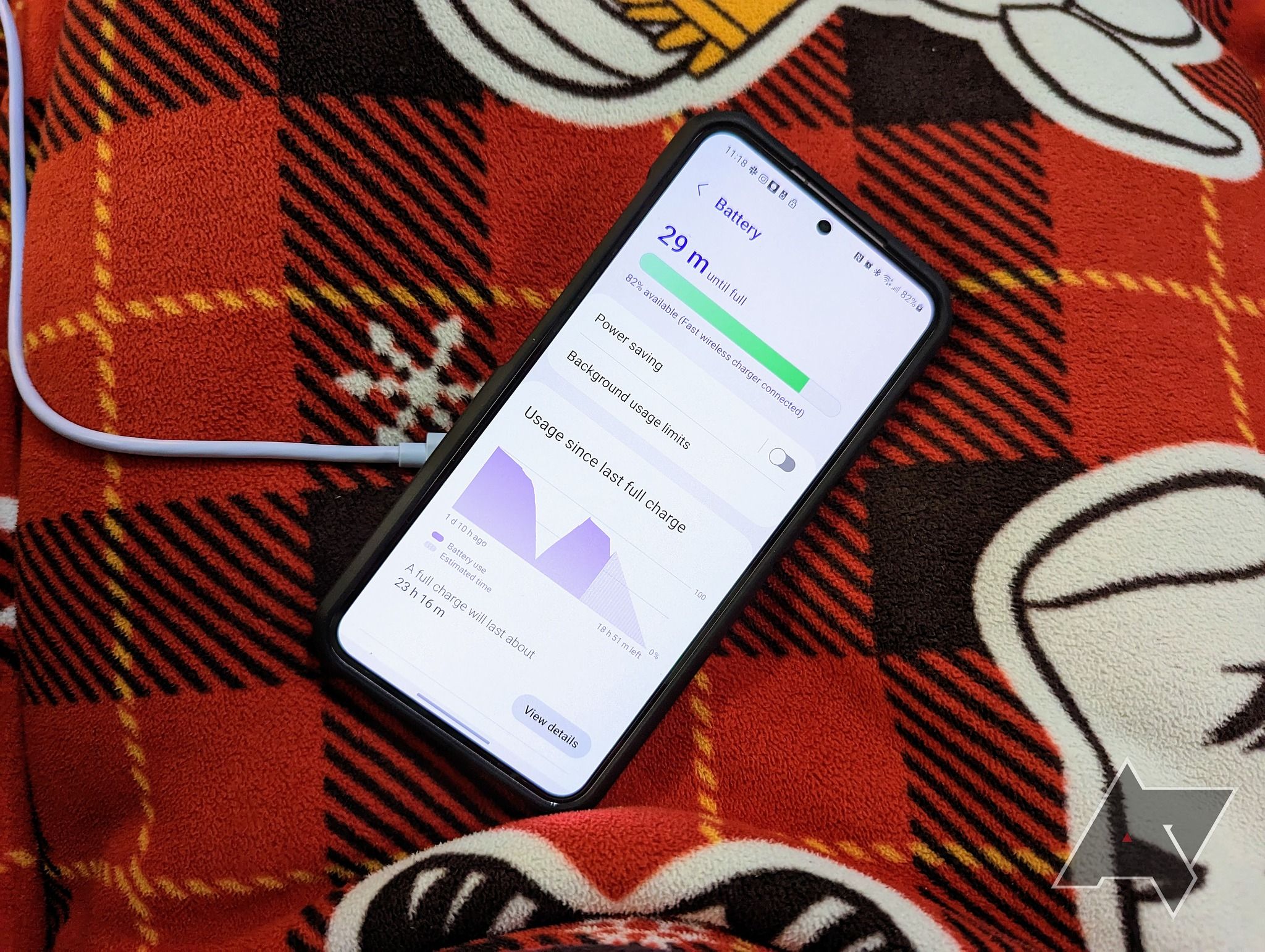It's hard to deny the clear divide in selection and quality between iPhone accessories and the options we have in the Android ecosystem. We get a fraction of the phone case variety in both function and fashion, though Samsung and Google's flagships have made some headway there in the last four years. Nearly all of the best PPS chargers and power banks are optimized for iPhone first, and wireless chargers for Android phones have been such a hot mess that I've developed mental ticks around researching and writing about them.
The greenest of the grass we've been verdantly, fervently coveting the last three years is, of course, MagSafe. It fixes the alignment issues that have plagued Qi chargers since their inception, eliminates the need for dedicated wallet or kickstand cases, and allows iPhone owners to use PopSockets, card slots, phone stands, car mounts, power banks, and more without having to just pick one and be literally stuck with it.
MagSafe was Apple-exclusive, not that we let that stop us Android users from slapping on 3M-backed magnetic rings, MagSafe cases/chargers/whatever, or, in some cases, trusting the existing magnets in a phone to keep a MagSafe charger attached. I've personally been rocking MagSafe cases and chargers for most of 2023 on my Galaxy S23, and that's why my hands-down favorite feature of the iPhone 15 series isn't it finally getting USB-C, or doing a custom button properly, or the Standby mode that Google had a freaking decade to give us and didn't.
It was one sentence during the iPhone 15 launch event, and after initially appearing on the spec sheets for the iPhone 15 series, Apple has actually hidden all mentions of it on its site outside the official announcement post itself: “Support for MagSafe and future Qi2 wireless charging.”
For those of you who don't obsessively watch phone accessories and charging technologies for a living, Qi2 is a new wireless charging standard that was released this summer. This is the biggest addition to the Qi standard since 2015, adding a Magnetic Power Profile that is built upon Apple's MagSafe and will bring its convenience to a much wider array of devices, most notably Android phones.
(Though, I'd really love to see Qi2 possibly come to game controllers; just slap it on underneath and keep playing without a frustrated yank or toss possibly damaging that all-important data port.)
Magnetic wireless charging eliminates the biggest pain points from traditional pads/stands because rather than relying on the user to perfectly align your phone on the charger, it forces the charger exactly into place via magnetic alignment. This means no more scooting your phone around the pad, waiting for the charging indicator to beep. It also holds it securely in place, rather than your phone slowly slipping out of alignment overnight and still being dead come morning.
Being able to pick up and use a phone while the MagSafe/Qi2 charger stays attached — or keep it securely on its mount while driving over rough roads — is just icing atop that cake.
Normally, a new standard would take years and years before we saw many devices actually using it — the Wireless Power Consortium debuted Qi in 2008 and the first major phones with it didn't arrive until 2012. The market for accessories to take advantage of it would also be quite small for the first year and a half of so, but Qi2 has two major advantages.
First, Qi2's magnetic array is the same shape as MagSafe, so all existing MagSafe phone grips, wallets, and (to a degree) chargers will work with Qi2 Android smartphones as they arrive. So, you can buy yourself an array of MagSafe PopSockets, Moft Wallets, and kickstands right now — I'm slowly covering my cute little metal cart with my burgeoning collection — and be ready once the Samsung Galaxy S24 arrives. (Or the Google Pixel 8, as I've not quite given up the ghost and accepted it won't have Qi2.)
Secondly, because Qi2 is backward compatible, MagSafe chargers will be able to fill the gap while Qi2 chargers trickle in but won't negate the demand for them. We're already seeing brands like Mophie and Anker debuting Qi2 successors to their current MagSafe chargers, but it will take some time for everything to switch over. In that meantime, many third-party MagSafe chargers are already rated for 15W charging and can even charge Galaxy phones at 10W, and Android users getting in on the MagSafe party via Qi2 will allow those chargers to better live up to their claims.
See, iPhones 12, 13, 14, and now iPhone 15 are all rated for 15W MagSafe charging, but Apple limits it on a software level, so only devices that are “Made for MagSafe” certified can take advantage of the high speeds. Apple has been quite sparing in granting these certifications, so the vast majority of “15W MagSafe chargers” that you see for sale are rated and capable of 15W, but iPhone users will actually only get 7.5W. iPhone users then buy these chargers and get upset when they only get slow wireless charging, which leads to returned products and 1-star reviews.
ESR's HaloLock Kickstand MagSafe charger fast-charging the Galaxy S23
With Qi2, manufacturers will be able to produce 15W magnetic wireless chargers that support EPP (what Google uses for 15W) and Samsung's Proprietary profile so that these chargers reach 10–15W with some phones in the real world today, rather than simply having a capability for 15W that you just can't unlock “because Apple is greedy.” And should Apple allow iPhones 15W via Qi2 down the road, your iMessage-addicted spouse will be ready to take advantage of the Qi2 chargers you've bought in the meantime.
The more prevalent Qi2 becomes in the next two years, the more pressure users can put on Apple to allow that software-level change. That'd be a win-win for everyone (except Apple's accessory revenue). So pay attention to the next six months and keep your eyes peeled for Qi2 products slipping into the market. Exciting times are ahead now that Android and iPhone will not only share wired chargers but wireless, too.



